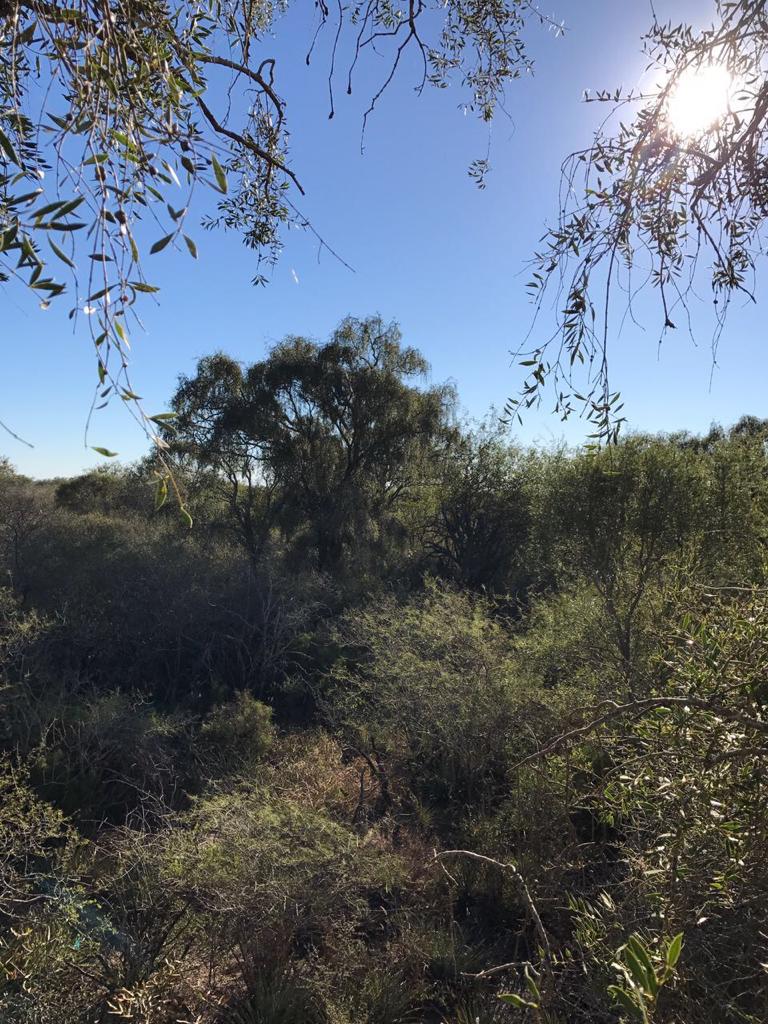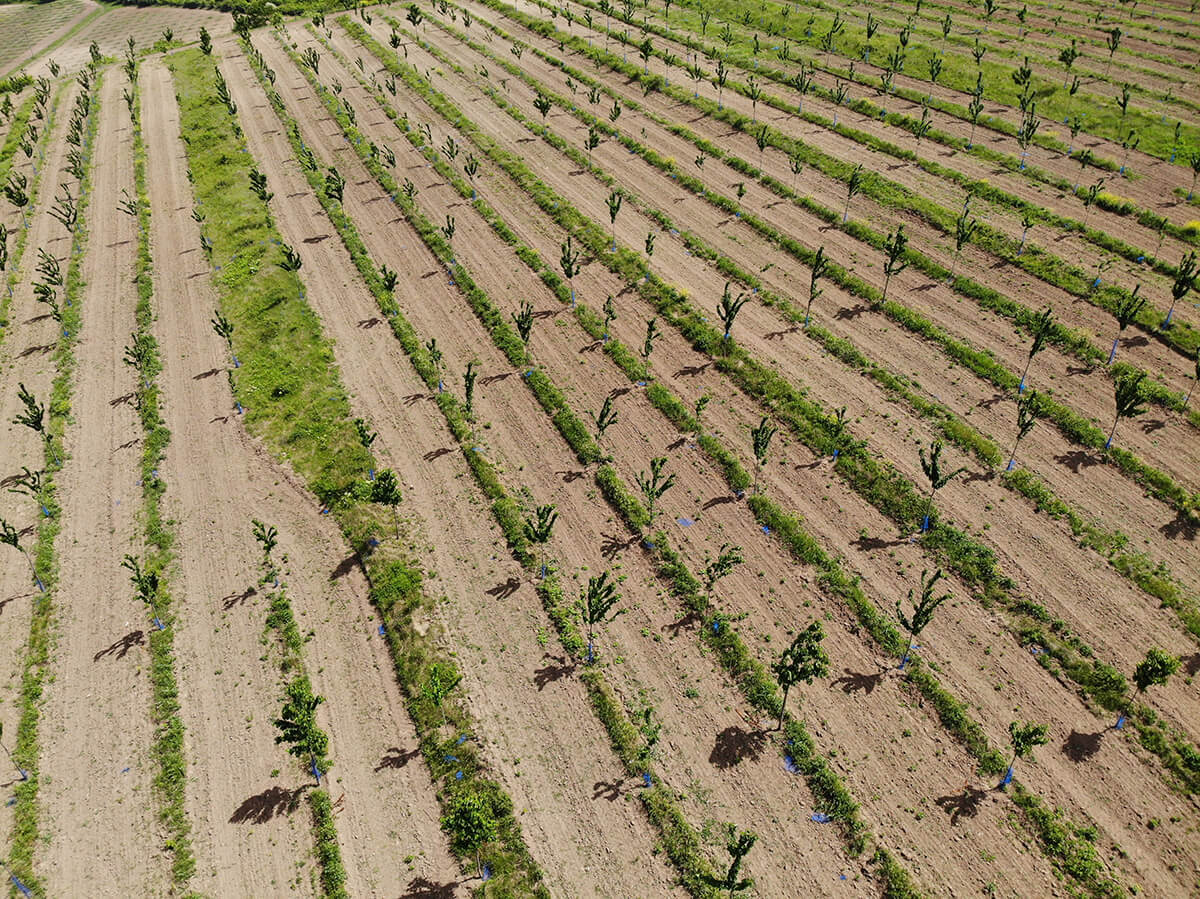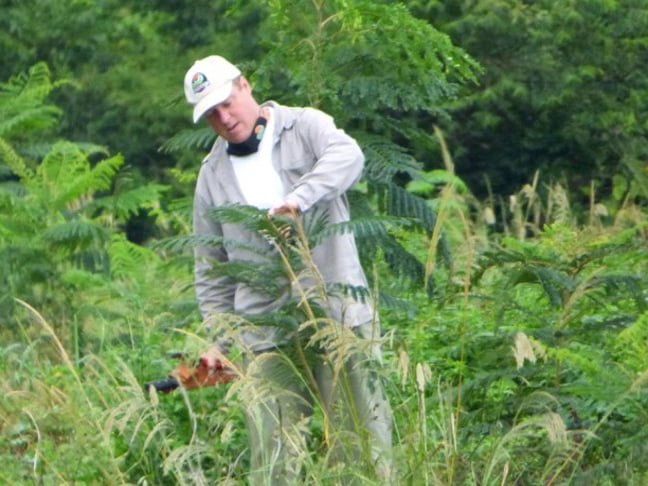
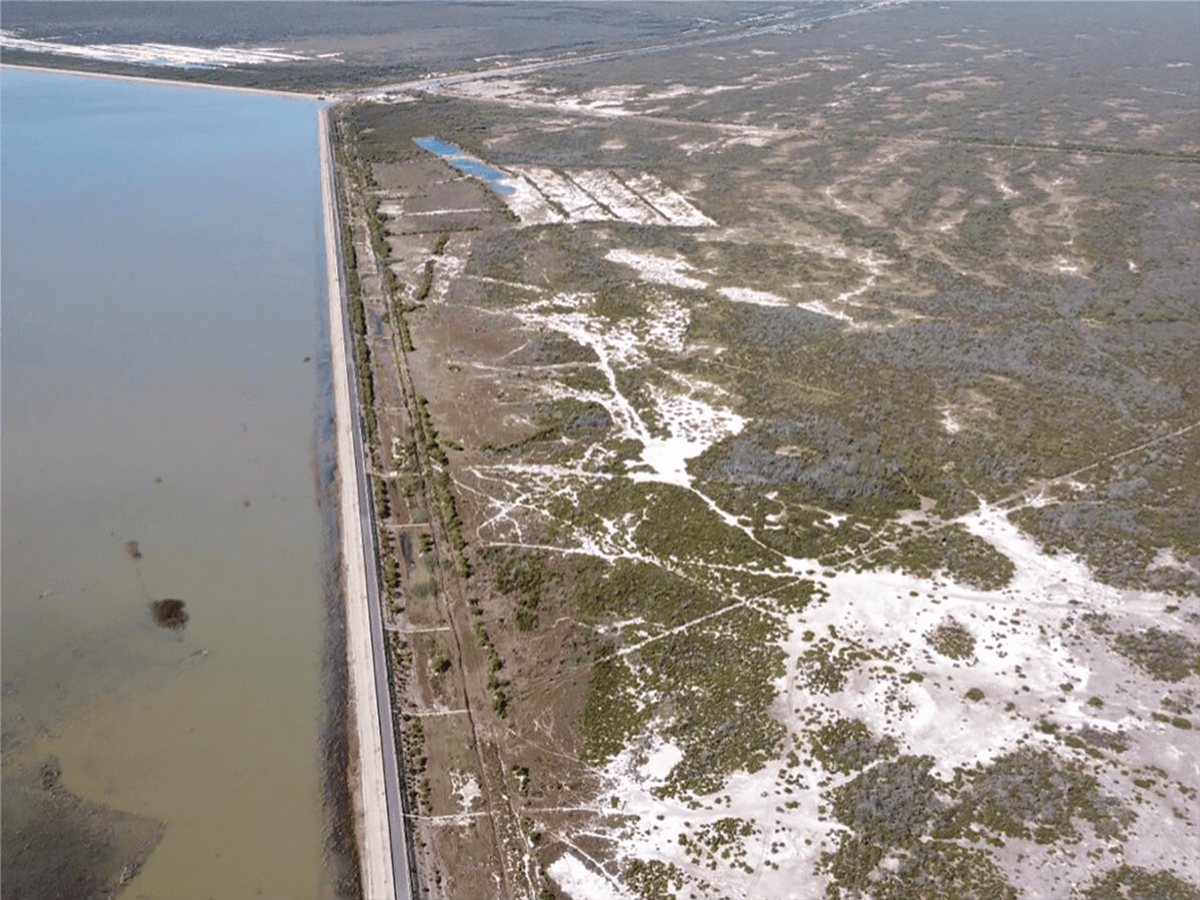
Income generation is based on a sensitively coordinated combination of different value-added initiatives, such as soil restoration techniques, including the planting of fast-growing locally adapted tree species
We are initiating an ambitious and far-reaching project, whose clear objective is to generate a reduction and/or absorption of greenhouse gas emissions, such as CO2, significant at a local level and with a global impact. It should be noted that in order to carry out our plans and above all to guarantee success, the project will visibly depend on carbon offset payments from companies, organisations or individuals who support our aspirations and who wish to contribute directly and significantly to the mitigation of climate change and at the same time seek to communicate among their stakeholders about the actions that are being taken worldwide to offset annual greenhouse gas emissions and to join forces to conserve biodiversity and natural resources.
Project development in the coming years will include afforestation (in single or mixed species lines) with trees typical of the area, such as the Algarrobo Blanco (White carob) and Itín, both in blocks outside the native forest and in strips inside it, reinforces the vegetation cover and enriches the forest, taking into account the high carbon dioxide (CO2) absorption capacity of their foliage, the excellent quality of the wood that these trees possess and, as native trees, their resistance to fires, whose development reaches its full potential at 35 years of age. Implanted exotic species generate similar characteristics and contributions.
Creating jobs for young people and families in the region is a priority as they are the future of the region.
Social Impact
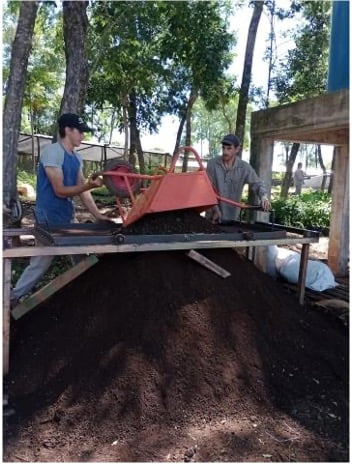
Santiago del Estero is one of the provinces with the largest peasant population in the country. In the case of the department of Figueroa, 85% of its population is rural. Families tend to live in precarious dwellings and men tend to work in rural areas in an informal manner, tending livestock and extracting wood, among others.
The economic situation of the families living in the area can be directly and significantly improved by the sustainable forestry management of the site, the project itself, the development of infrastructure such as basic services like electricity and drinking water, and the possible further processing of the products produced.
In addition to the creation of many employment and income opportunities, it also seems significant that a solid forestry and environmental awareness of the population can be derived from this (assumption of local responsibility for the project and the work), establishing a system of sustainable use and management of the forests and natural resources.
About the project
Country: Argentina
Objectives: Restoration of the ecological and commercial value of the thousands of hectares that have been degraded by previous periodic flooding.
Activity: Afforestation, reforestation, and forest enrichment with high-value native species
Land size: 6,000 hectares
Timeline: 30 years
Investment type: Direct
Additionality: CO2 certification

